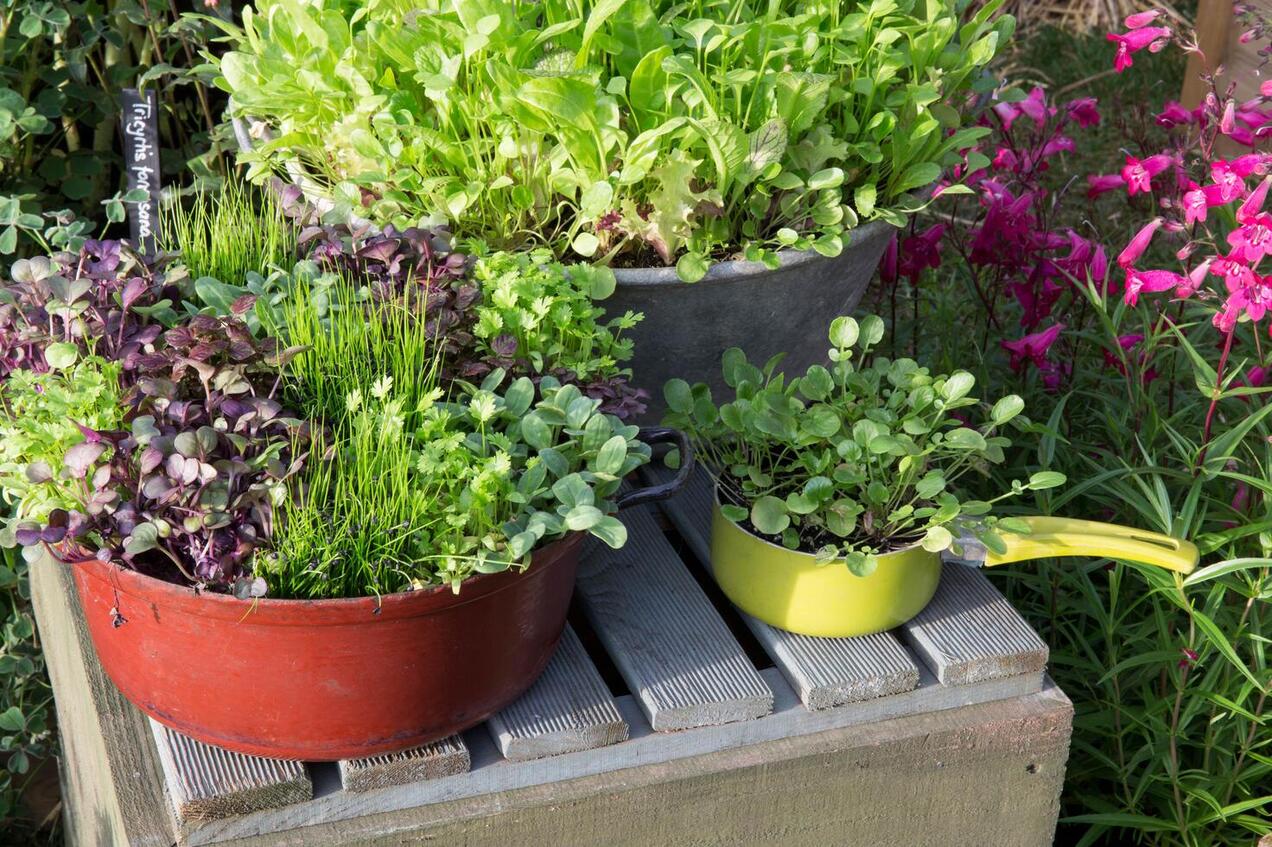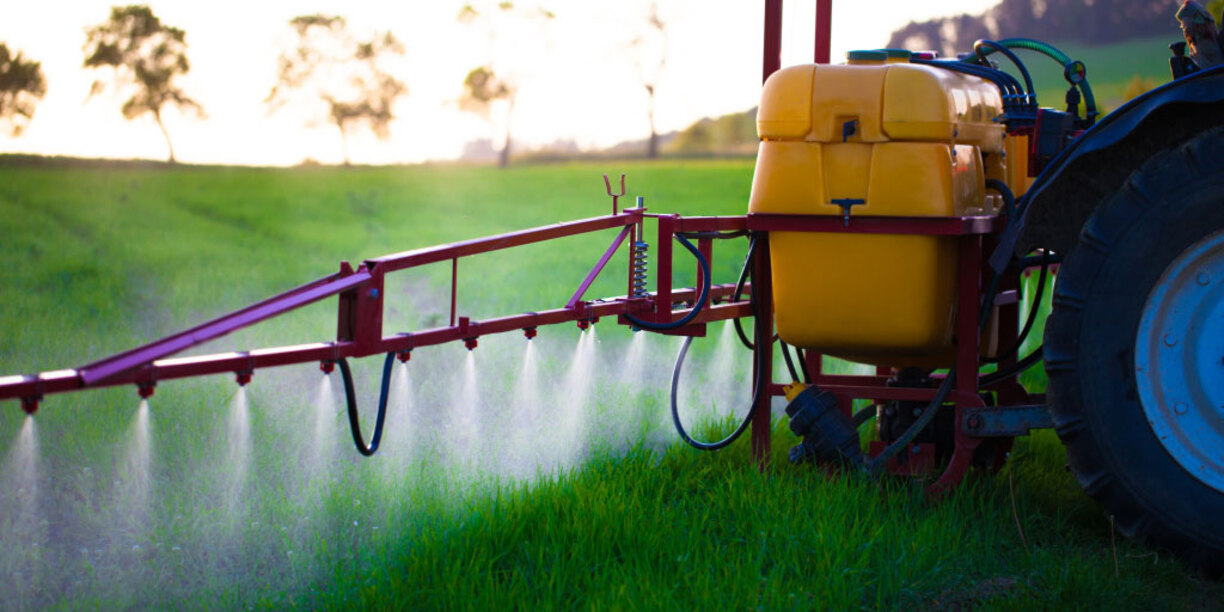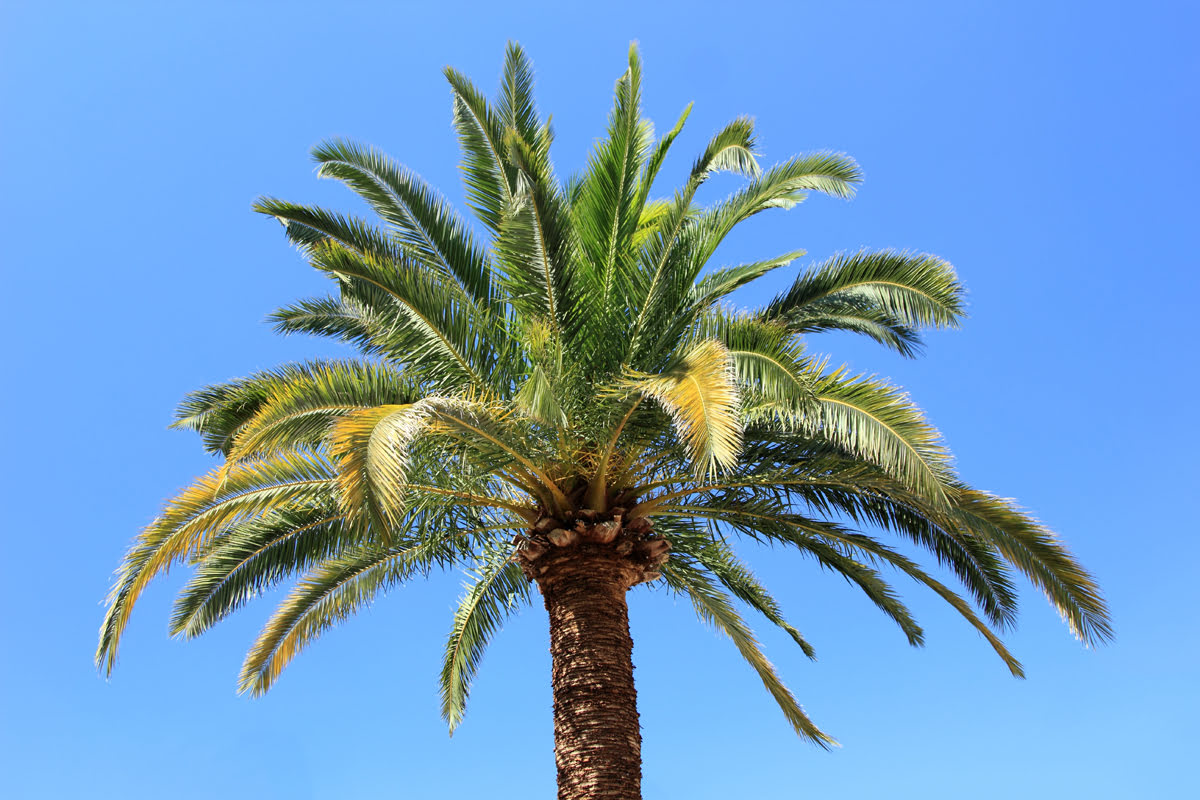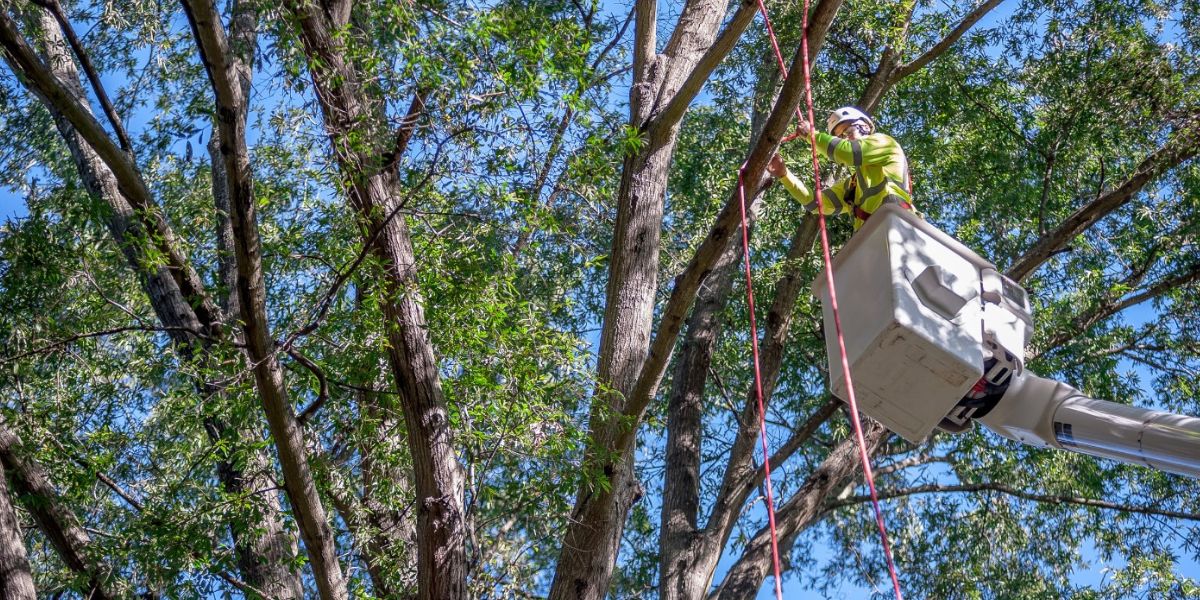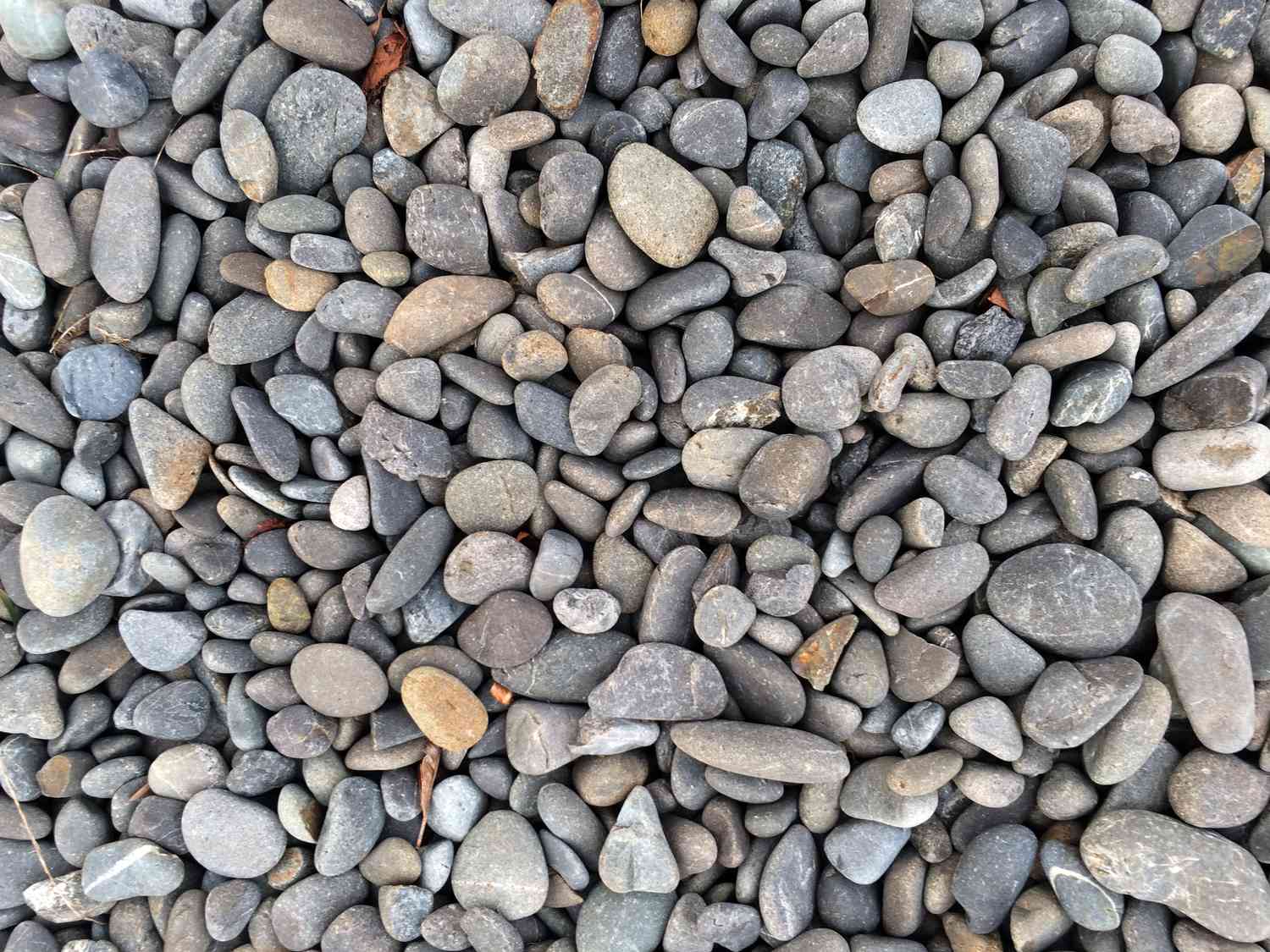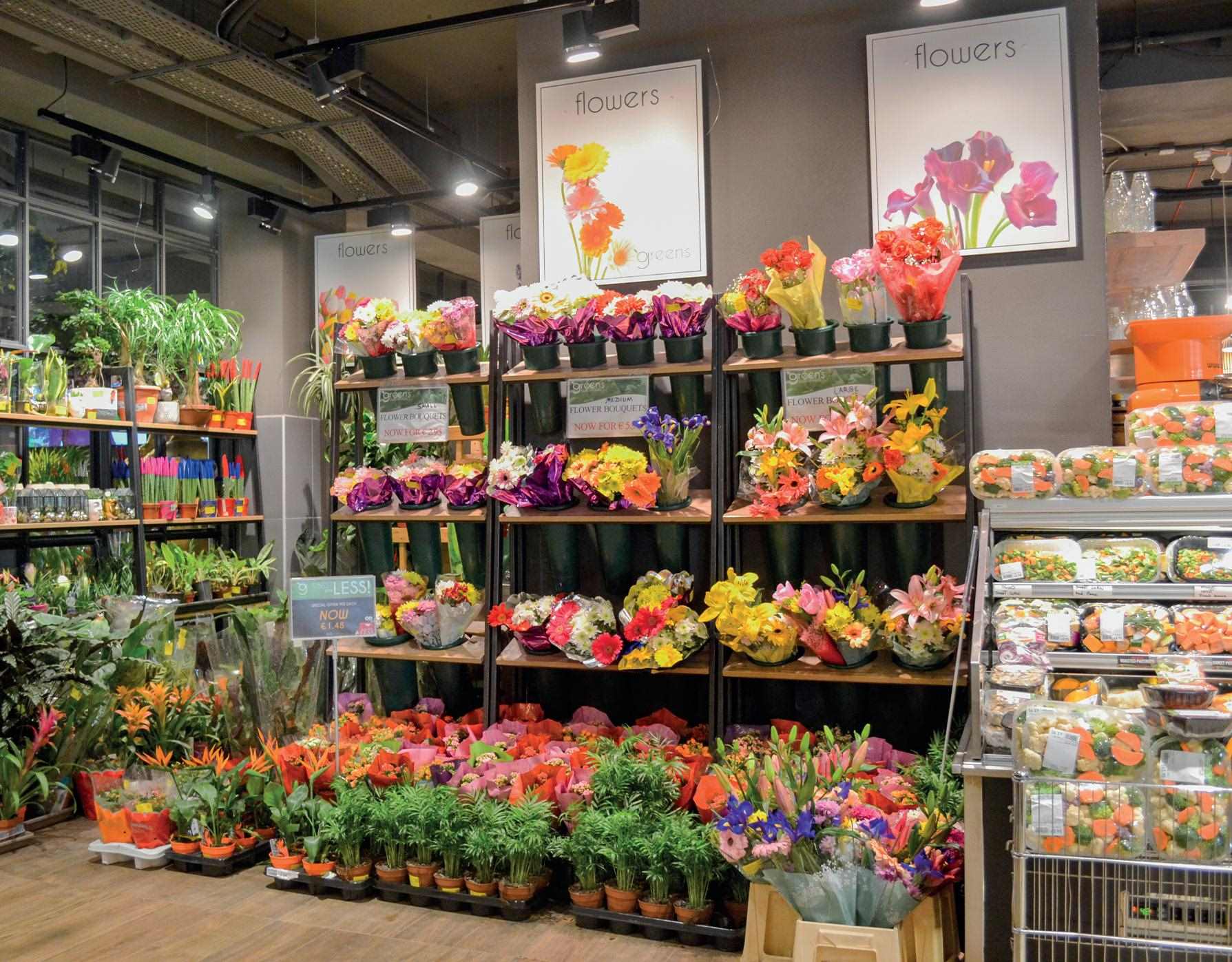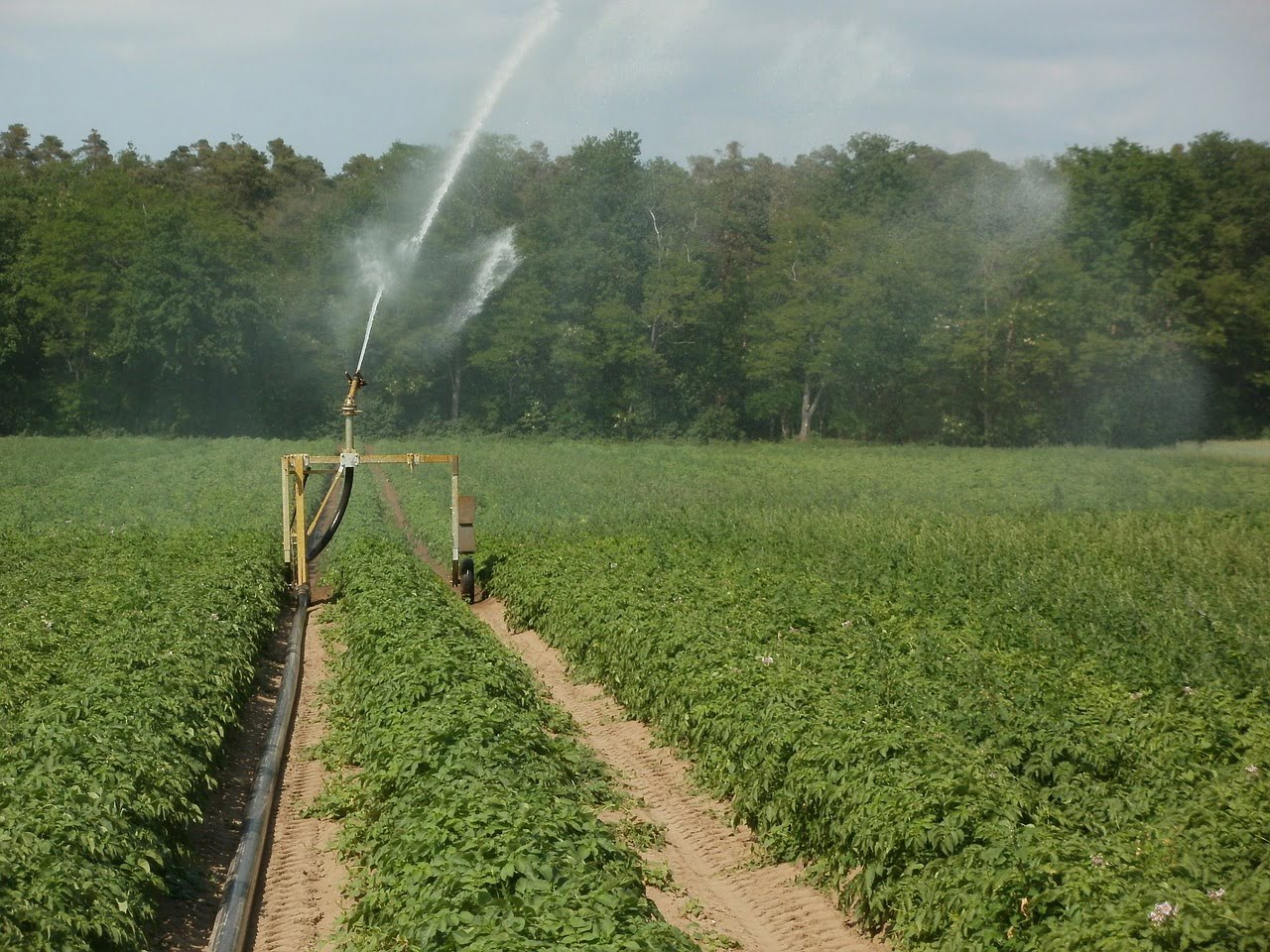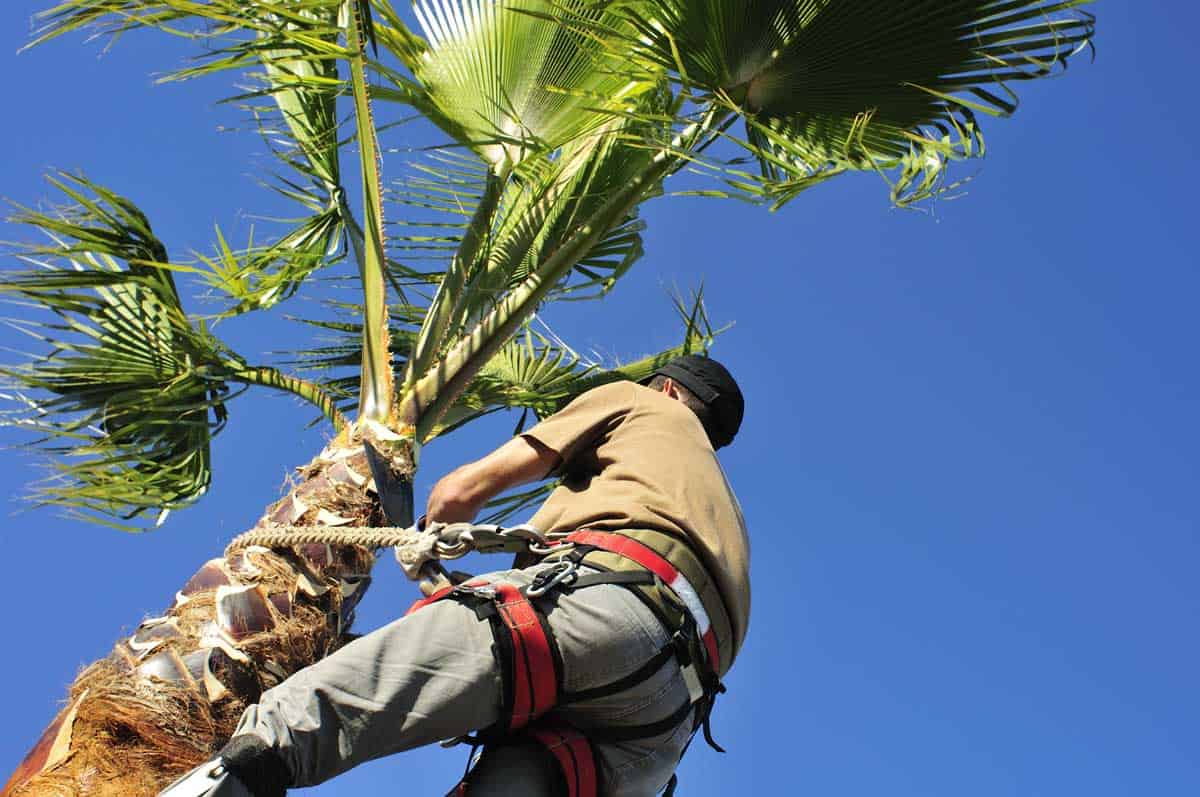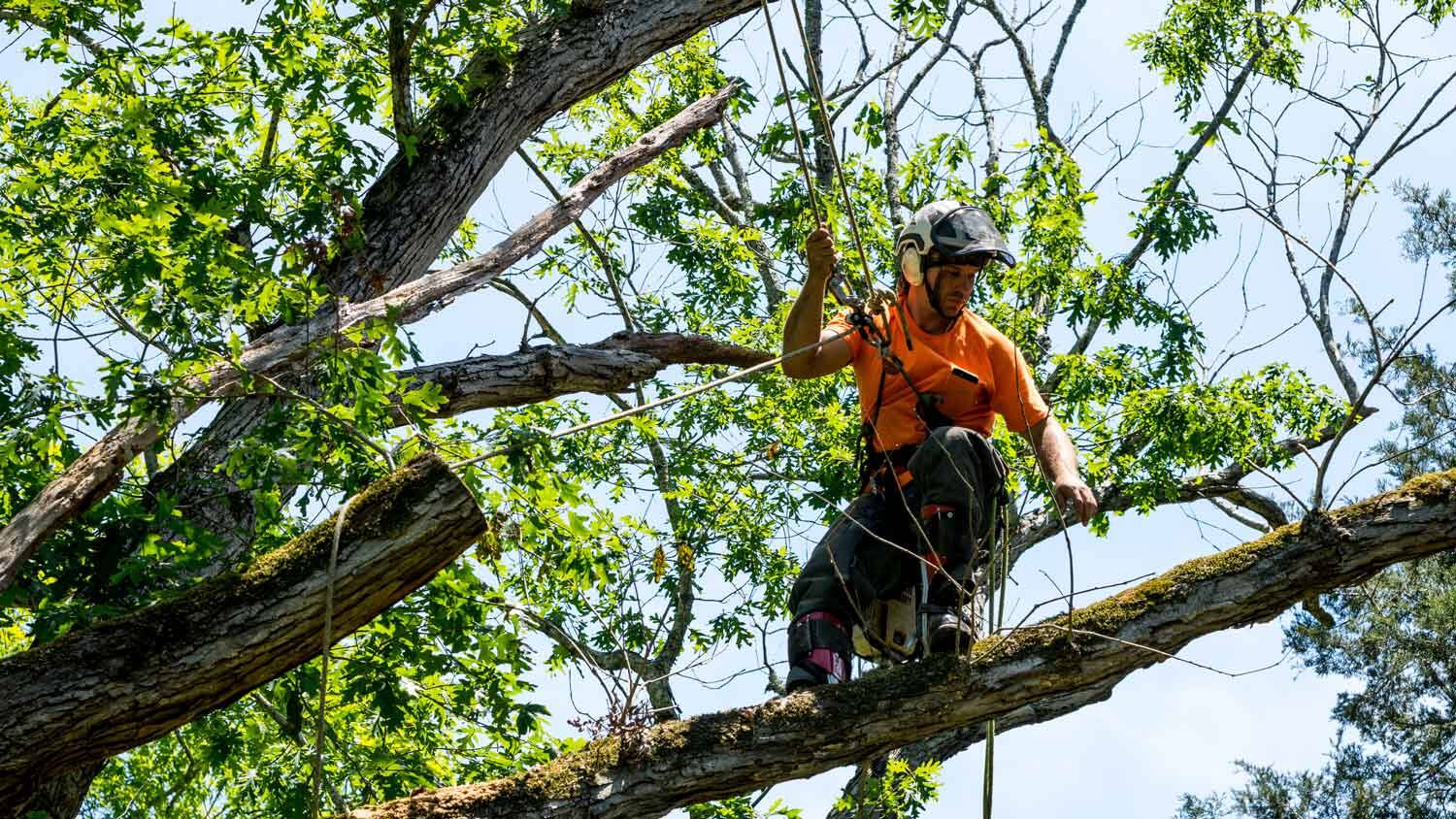Home>Reviews>Product Reviews>How Much Do Bonsai Trees Cost
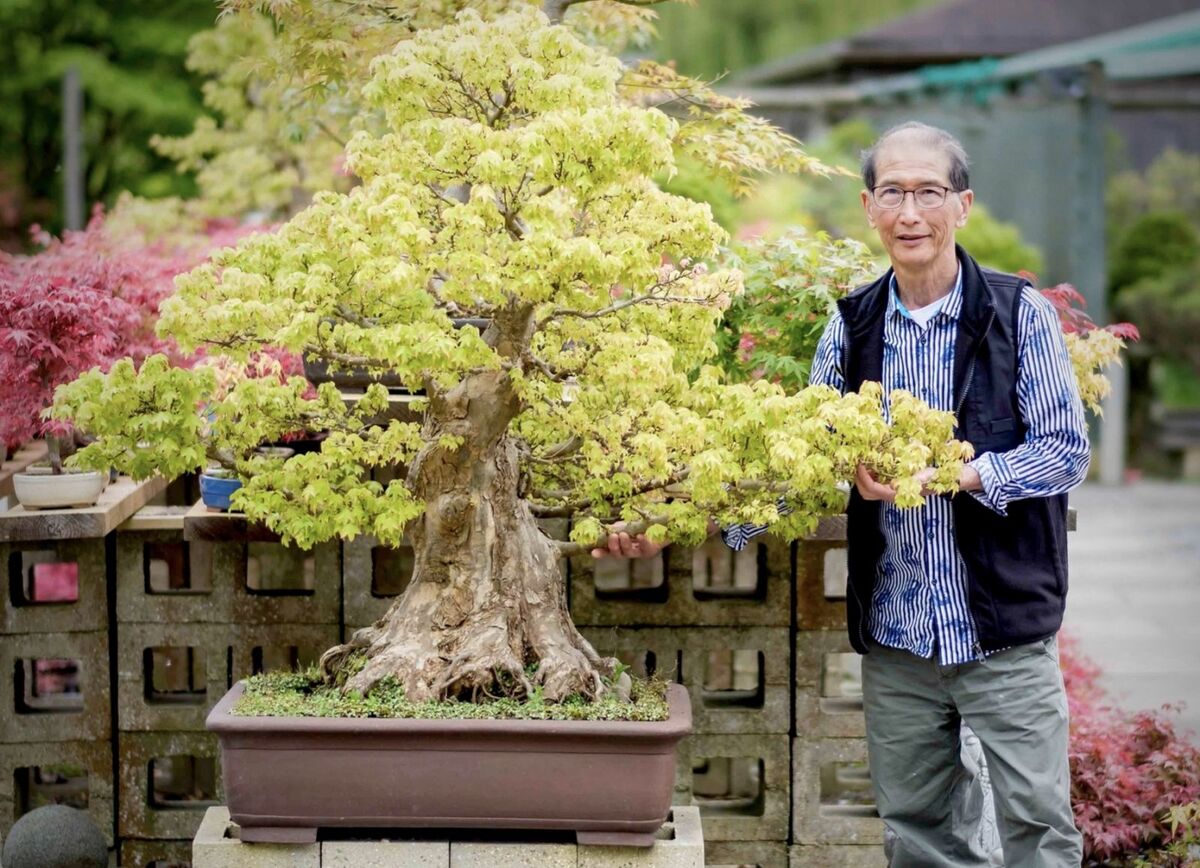

Product Reviews
How Much Do Bonsai Trees Cost
Modified: February 9, 2024
Discover the average costs of bonsai trees in this comprehensive product review. Compare prices and find the perfect bonsai for your collection.
(Many of the links in this article redirect to a specific reviewed product. Your purchase of these products through affiliate links helps to generate commission for Chicagolandgardening.com, at no extra cost. Learn more)
Table of Contents
Introduction
Welcome to the world of bonsai trees! These miniature masterpieces have captivated people for centuries with their intricate beauty and symbolism. If you’re considering adding a bonsai tree to your home or garden, you may be wondering about the cost involved. In this article, we will explore the factors that affect bonsai tree prices, the different types of bonsai trees available, where to buy them, and how to care for them.
Bonsai trees are not your typical potted plants. They are living works of art that require meticulous care and attention. The process of creating and maintaining a bonsai tree involves carefully shaping and pruning the branches and roots to achieve a desired form and size. This level of craftsmanship contributes to the uniqueness and value of each bonsai tree.
When it comes to the cost of bonsai trees, there are several factors to consider. The species and age of the tree are significant determinants of price. Older and more mature bonsai trees, which have been carefully nurtured and trained for many years, tend to be more expensive. The size and overall health of the tree also play a role in its price. Additionally, factors such as the rarity of the species, the skill of the bonsai artist, and the aesthetic qualities of the tree can influence its cost.
In the following sections, we will delve deeper into the different factors that affect bonsai tree prices, explore the common types of bonsai trees and their associated costs, discuss important considerations when buying bonsai trees, and highlight where you can find reputable sources to purchase these captivating creations.
Factors Affecting Bonsai Tree Prices
When it comes to the price of a bonsai tree, several factors come into play. Understanding these factors will help you make an informed decision and appreciate the value of these exquisite creations. Here are some key factors that can influence the cost of a bonsai tree:
- Species: The species of the tree is a significant factor in determining its price. Some species are more desirable and sought after in the bonsai community, leading to higher prices. Rare or exotic species may also command a premium due to their limited availability.
- Age: The age of a bonsai tree can greatly affect its price. Older trees take many years, sometimes even decades, to develop their intricate shape and mature appearance. The more time and effort invested in nurturing a tree, the higher its price is likely to be.
- Size: The size of a bonsai tree also plays a role in determining its price. Larger specimens tend to be more expensive, as they require more time and skill to shape and maintain. Additionally, larger trees often have a more commanding presence and can be a focal point in any space.
- Health and Condition: The overall health and condition of a bonsai tree impact its price. Trees that are in excellent health, with vibrant foliage and strong root systems, are highly valued. Conversely, trees with visible signs of pest or disease infestations, or those in poor condition, may be priced lower or require additional care to restore their health.
- Training and Aesthetic Qualities: The level of training and craftsmanship applied to a bonsai tree can significantly influence its price. Trees that have been carefully shaped, pruned, and wired to achieve an aesthetically pleasing form and balance command higher prices. Trees with unique and rare features, such as interesting trunk movement or impressive nebari (surface roots), are also highly valued.
It’s important to note that these factors are interconnected and can vary depending on the specific tree and the preferences of the bonsai artist or nursery. A combination of these factors contributes to the overall value and price of a bonsai tree.
Now that we have explored the factors that affect bonsai tree prices, let’s dive into the different types of bonsai trees and their associated costs.
Common Types of Bonsai Trees and their Costs
Bonsai trees come in a wide variety of species, each with its own unique characteristics and care requirements. Here are some of the most common types of bonsai trees and the estimated costs associated with them:
- Juniper Bonsai Tree: Juniper bonsai trees are a popular choice among bonsai enthusiasts. They have beautiful, needle-like foliage and can be styled in various forms, such as formal upright or cascading. The cost of a juniper bonsai tree can range from $20 to $500 or more, depending on factors like size, age, and overall quality.
- Chinese Elm Bonsai Tree: Chinese Elm bonsai trees are known for their small, serrated leaves and graceful branch structure. They are relatively easy to care for and are suitable for beginners. The cost of a Chinese Elm bonsai tree typically ranges from $30 to $200, depending on its size and quality.
- Ficus Bonsai Tree: Ficus bonsai trees, also known as Fig trees, are favored for their glossy, dark green leaves and aerial roots. They are tropical trees that thrive in indoor environments. The cost of a ficus bonsai tree varies depending on factors like size, age, and styling, typically ranging from $30 to $300.
- Japanese Maple Bonsai Tree: Japanese Maple bonsai trees are prized for their delicate, palmate leaves that display vibrant colors in the fall. They require more specific care and are best suited for experienced bonsai enthusiasts. The cost of a Japanese Maple bonsai tree can range from $50 to over $1,000, depending on factors such as size, age, and the quality of its trunk and foliage.
- Pine Bonsai Tree: Pine bonsai trees are known for their classic, evergreen appearance and rugged beauty. They require more care and maintenance compared to other species but can be incredibly rewarding to cultivate. The cost of a pine bonsai tree can range from $50 to several hundred dollars, depending on its size, age, and the quality of its trunk and needle formation.
These are just a few examples of the many types of bonsai trees available in the market. Prices can vary significantly depending on factors such as the tree’s age, size, health, and the expertise of the bonsai artist or nursery.
It’s worth mentioning that the cost of a bonsai tree also encompasses the artistry and craftsmanship involved in its creation. When purchasing a bonsai tree, you are not just acquiring a plant, but a living work of art that has been carefully nurtured and shaped over time.
Now that we have explored the common types of bonsai trees and their associated costs, let’s move on to discuss important factors to consider when buying bonsai trees.
Factors to Consider When Buying Bonsai Trees
Buying a bonsai tree is an exciting endeavor, but it’s important to consider several factors to ensure you make the right choice. Here are some key factors to consider when purchasing a bonsai tree:
- Experience Level: Consider your level of experience with bonsai trees. If you’re a beginner, it’s advisable to start with a species that is known for being more forgiving and easier to care for. As you gain experience and confidence, you can explore more challenging species.
- Care Requirements: Bonsai trees have various care requirements, including sunlight exposure, watering needs, and temperature preferences. Make sure you are aware of the specific care instructions for the species you are interested in and ensure that you can provide the necessary conditions for its well-being.
- Size: Determine the size of bonsai tree that suits your space and preferences. Keep in mind that larger trees may require more care and maintenance, as well as more significant initial investment compared to smaller specimens.
- Budget: Set a budget and consider the cost of the bonsai tree, as well as any additional accessories or tools you may need for its care. Remember that while bonsai trees can be a lifelong investment, there are options available for every budget.
- Source: Choose a reputable source when purchasing a bonsai tree. It is important to buy from a trusted nursery or bonsai artist who can provide you with healthy and well-cared-for trees. Research customer reviews and recommendations to ensure you are buying from a reliable seller.
- Aesthetic Appeal: Consider the aesthetic qualities of the bonsai tree. Look for a tree that speaks to you and aligns with your personal taste. Pay attention to the overall shape, branch structure, and foliage of the tree, as these elements contribute to its visual appeal.
- Expert Advice: If possible, seek expert advice from experienced bonsai enthusiasts or professionals. They can provide guidance and help you make an informed decision based on your specific needs and preferences.
By considering these factors, you can ensure that you choose the right bonsai tree for your skill level, environment, and personal preferences. Remember, buying a bonsai tree is not just about the initial purchase; it is a long-term commitment to nurturing and caring for a living piece of art.
Now that we have discussed important factors to consider when buying bonsai trees, let’s move on to explore where you can find reputable sources to purchase these captivating creations.
Where to Buy Bonsai Trees
When it comes to buying bonsai trees, there are several reliable sources to choose from. Here are some options to consider:
- Nurseries and Garden Centers: Local nurseries and garden centers often have a selection of bonsai trees available for purchase. Visit these establishments to see the trees in person and get expert advice from knowledgeable staff members.
- Bonsai Specialty Nurseries: Bonsai specialty nurseries are dedicated to cultivating and selling bonsai trees. They offer a wide variety of species, sizes, and age ranges to choose from. These nurseries have knowledgeable staff who can guide you in selecting the right tree for your needs.
- Online Retailers: There are several reputable online retailers that specialize in selling bonsai trees. These websites often provide detailed information, photos, and customer reviews to help you make an informed decision. When purchasing online, ensure that the retailer has a good reputation and offers healthy and well-cared-for trees.
- Bonsai Shows and Exhibitions: Bonsai shows and exhibitions are great places to find high-quality bonsai trees. Many bonsai artists showcase their creations at these events, offering you a chance to see and purchase unique and exquisite trees directly from the artists themselves.
- Bonsai Clubs and Associations: Bonsai clubs and associations can be valuable resources for finding bonsai trees. Members often have access to exclusive sales or can connect you with trusted growers or sellers within the community.
When buying a bonsai tree, it’s important to choose a source that offers healthy and well-cared-for trees. Look for sellers with positive customer reviews and a solid reputation. It’s also advisable to inspect the trees in person if possible, or request detailed photos and descriptions when purchasing online.
Remember, buying a bonsai tree is an investment in a living artwork. Take your time to research and explore different sources before making a decision. Consider the expertise, selection, and customer support offered by each source to ensure a positive and satisfying buying experience.
Now that we have explored where to buy bonsai trees, let’s move on to discuss the average costs of bonsai trees.
Average Costs of Bonsai Trees
The cost of bonsai trees can vary greatly depending on factors such as species, age, size, and overall quality. While it’s challenging to provide exact figures, we can give you a general idea of the average costs associated with bonsai trees.
For beginners or smaller trees, you can expect to find reasonably priced bonsai trees ranging from $20 to $100. These trees are typically younger and smaller in size, but still offer the beauty and charm of larger specimens.
As the size and age of the bonsai tree increase, so does the price. Mid-range bonsai trees, which are slightly larger and more established, can cost anywhere from $100 to $500. These trees often have more intricate branch structures and have undergone several years of training.
For collectors or those who are seeking more mature and impressive bonsai trees, the prices can soar. Larger and more aged specimens can range from $500 to several thousand dollars, depending on the species, age, and overall quality of the tree. These trees are often considered investment pieces and are valued for their rarity and aesthetic appeal.
It’s essential to keep in mind that these are general price ranges and can vary depending on factors such as the source, reputation of the seller, and the specific qualities of the tree. Additionally, the skill and reputation of the bonsai artist also play a role in determining the price of bonsai trees.
When setting a budget for your bonsai tree purchase, consider not only the initial cost but also the long-term investment. Bonsai trees require ongoing care, including tools, fertilizers, and occasional re-potting. Allocating a budget for these additional expenses is crucial to ensure the health and well-being of your bonsai tree.
Now that we have discussed the average costs of bonsai trees, let’s move on to explore the maintenance costs and tips for caring for these captivating creations.
Maintenance Costs and Tips
Maintaining a bonsai tree involves ongoing care and attention to ensure its health and longevity. While the maintenance costs may vary depending on factors such as the species and size of the tree, here are some general tips and considerations to keep in mind:
- Tools and Supplies: You will need a set of specialized tools for bonsai tree care, including pruning shears, concave cutters, wire cutters, and bonsai soil. While these tools may have an initial cost, they are a worthwhile investment for properly maintaining your tree.
- Fertilizers and Soil Amendments: Bonsai trees require regular feeding to ensure they receive the necessary nutrients. You will need to invest in bonsai-specific fertilizers and soil amendments to promote healthy growth and prevent nutrient deficiencies. These can be purchased from nurseries or online suppliers.
- Training Wire and Training Pots: Bonsai trees are often shaped and styled using training wire, which helps guide the branches into desired positions. Additionally, training pots or containers with better drainage may be necessary as the tree grows. These tools may require periodic replacement as the tree develops and changes shape.
- Watering and Moisture Monitoring: Proper watering is crucial for the health of your bonsai tree. Invest in a watering can with a narrow spout to provide precise watering. You may also consider a moisture meter to monitor the moisture levels in the soil and adjust your watering routine accordingly.
- Pruning and Shaping: Regular pruning and shaping are essential to maintain the desired form and size of your bonsai tree. This may involve purchasing sharp and precise pruning shears or concave cutters to achieve clean and accurate cuts.
- Re-potting: Bonsai trees require periodic re-potting to refresh the soil, provide better drainage, and promote root health. Re-potting typically occurs every 1-3 years, depending on the species and growth rate of the tree. You will need bonsai soil and potentially new training pots during the re-potting process.
When it comes to maintenance costs, it’s important to budget for these ongoing expenses to ensure the health and vitality of your bonsai tree. The initial investment in tools and supplies may seem significant, but with proper care, they can last for years.
Aside from the costs, here are some general tips for caring for your bonsai tree:
- Place your bonsai tree in a location that provides the right amount of sunlight for its specific species.
- Water your bonsai tree regularly, ensuring that the soil is moist but not overly saturated.
- Follow the appropriate fertilizing schedule for your bonsai tree, providing it with the necessary nutrients for healthy growth.
- Prune and shape your bonsai tree regularly to maintain its desired form and size.
- Monitor for pests and diseases, and take prompt action if any issues arise.
- Re-pot your bonsai tree when necessary to promote root health and prevent root-bound conditions.
By following these maintenance tips and providing your bonsai tree with the care it needs, you can enjoy its beauty and elegance for years to come.
Now that we have discussed maintenance costs and tips, let’s conclude our comprehensive guide to bonsai tree costs and care.
Conclusion
Bonsai trees are not just ordinary potted plants; they are living works of art that require patience, dedication, and skill. As we explored in this comprehensive guide, the cost of bonsai trees can vary greatly depending on factors such as the species, age, size, and overall quality. It’s important to consider these factors when purchasing a bonsai tree to ensure that it aligns with your skill level, budget, and aesthetic preferences.
When buying a bonsai tree, it’s essential to choose a reputable source that offers healthy and well-cared-for trees. Local nurseries, bonsai specialty nurseries, online retailers, bonsai shows, and exhibitions are all viable options to consider. Take the time to research and evaluate different sources to find the perfect bonsai tree for you.
Alongside the initial cost, it’s important to be aware of the ongoing maintenance costs associated with bonsai tree care. This includes investing in specialized tools, fertilizers, soil amendments, and potentially re-potting supplies. By budgeting for these expenses and following the proper care techniques, you can nurture and maintain the health and beauty of your bonsai tree over the years.
Remember, owning a bonsai tree is not just about the end result – it’s a journey of appreciation, patience, and cultivation. These miniature trees bring a sense of tranquility, artistry, and connection to nature. Through careful care and attention, you can create a living masterpiece and enjoy the rewards of your efforts.
So, whether you’re a beginner or a seasoned bonsai enthusiast, take the plunge into the world of bonsai trees. Let their grace, elegance, and symbolism inspire you as you embark on this captivating art form. With the right knowledge, patience, and love, your bonsai tree will thrive and become a cherished part of your life.
